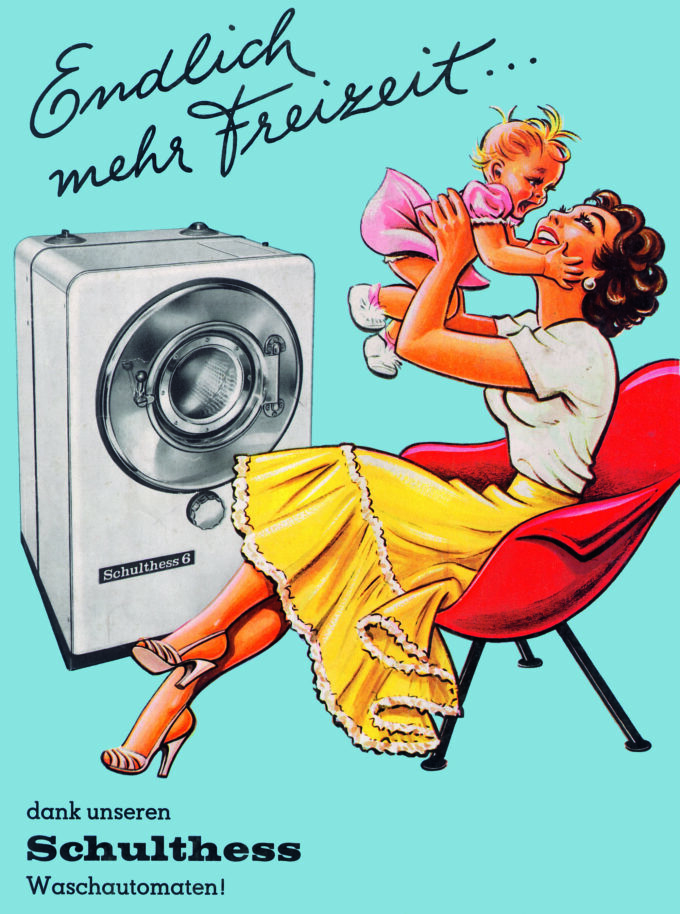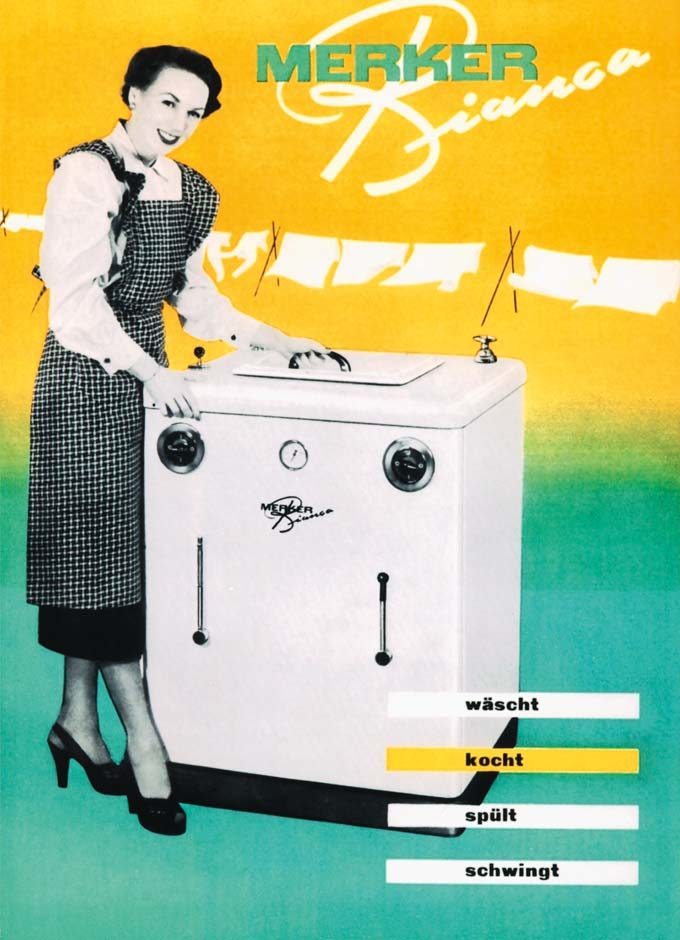Anniversary 100 years of SNV: Electricity flows from all sockets
The fifth anniversary story of the Swiss Standards Association SNV focuses on the period between 1950 and 1960: The era in which electricity flowed from all sockets.

The Schwiezerische Normen-Vereinigung SNV has once again reached into Switzerland's interesting box of stories. The topic is proverbially highly exciting and electrifying. In the post-war years, Switzerland and Europe experience an unprecedented economic boom. Wages rise and living conditions improve significantly. The electrical boom ensures that the economic scope for households expands encouragingly. For the first time, there is room in the household budget of Swiss families for purchases of durable appliances in addition to goods for everyday use: Washing machines, refrigerators and general electrical appliances for the household and for home improvement make their way into the apartments and houses of the Swiss in the 1950s.
These years saw the birth of many household appliances that fundamentally changed housework and that still make our hands easier today. This development was made possible by electrification.
Electrification affordable for all
What was previously a luxury is becoming affordable for many. Electricity now flows out of the socket as standard in all households. Everything that is available with a cable is purchased and connected. Electricity consumption increases sharply. In 1953, television trials begin, in 1957 the first computer goes into operation at the Federal Institute of Technology in Zurich (ETH), and the Post, Telephone and Telegraph Company (PTT) already reports one million telephone subscribers in 1959.
Electrosuisse is responsible for standardisation in electrical engineering
The Comité Electrotechnique Suisse (CES) of Electrosuisse is responsible for the electrical engineering sector. The SNV has delegated all tasks relating to electrotechnical standardisation to the CES. Electrosuisse is Switzerland's leading professional association in the field of electricity. Its aim is to ensure the safety of networks, installations and equipment, to keep its members up to date with developments in science and technology in all sub-fields of electrical engineering and to promote professional dialogue. Electrosuisse organises and supervises standardisation in electrical engineering, electronics and information technology with its CES Commission in over 90 technical committees.
The CES represents Swiss interests at European and international level. It is the national member in the international and European standardization organizations of electrical engineering, IEC and CENELEC.
(Sources: Electrosuisse, ABB, Wikipedia, ETH Library).
Learn more about the Pioneers of electrical engineering and visit the Online Technology Museum of Electrosuisse, where you will come across a collection of around 2,500 electrotechnical devices.
SNV shows picture stories of the 1950s
Immerse yourself in the time of the 1950s with the help of our picture story. A time that was marked by technical progress and gave us many conveniences that we can no longer imagine life without today. So much was invented and discovered during this time that our modern lives have become much easier, and sometimes we don't even realize it. We have the experts who dedicated their lives to science to thank for that. Even today, they ensure that the safety of electrotechnical products and systems is guaranteed and that they are compatible in networked systems. Their findings have been incorporated into recognised standards, which have been and continue to be adapted to the state of the art. In this way, they make a significant contribution to continuous further development and innovation.
You can find more pictures and historical insights here










